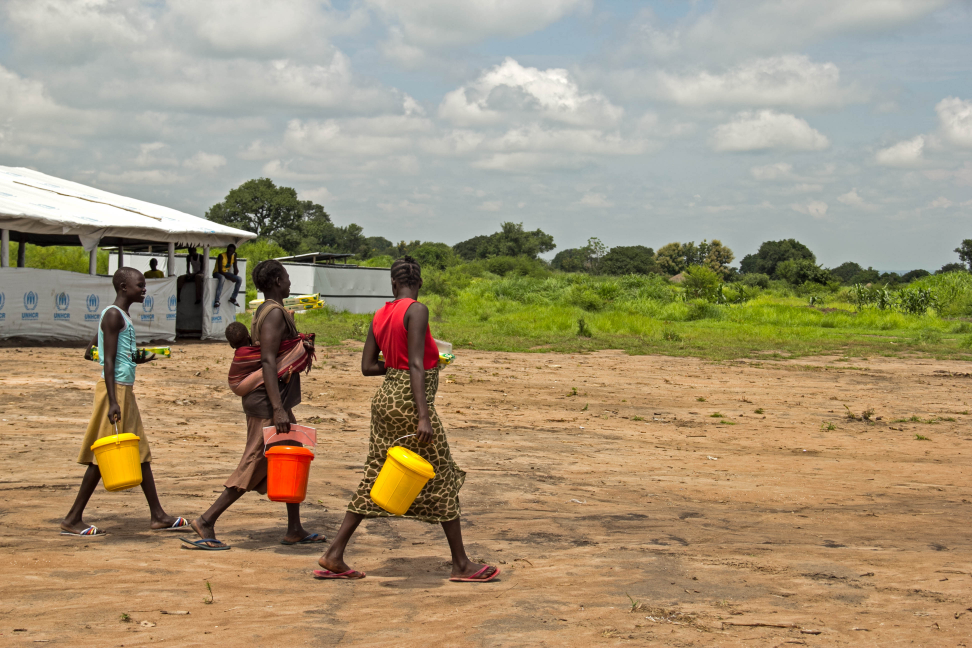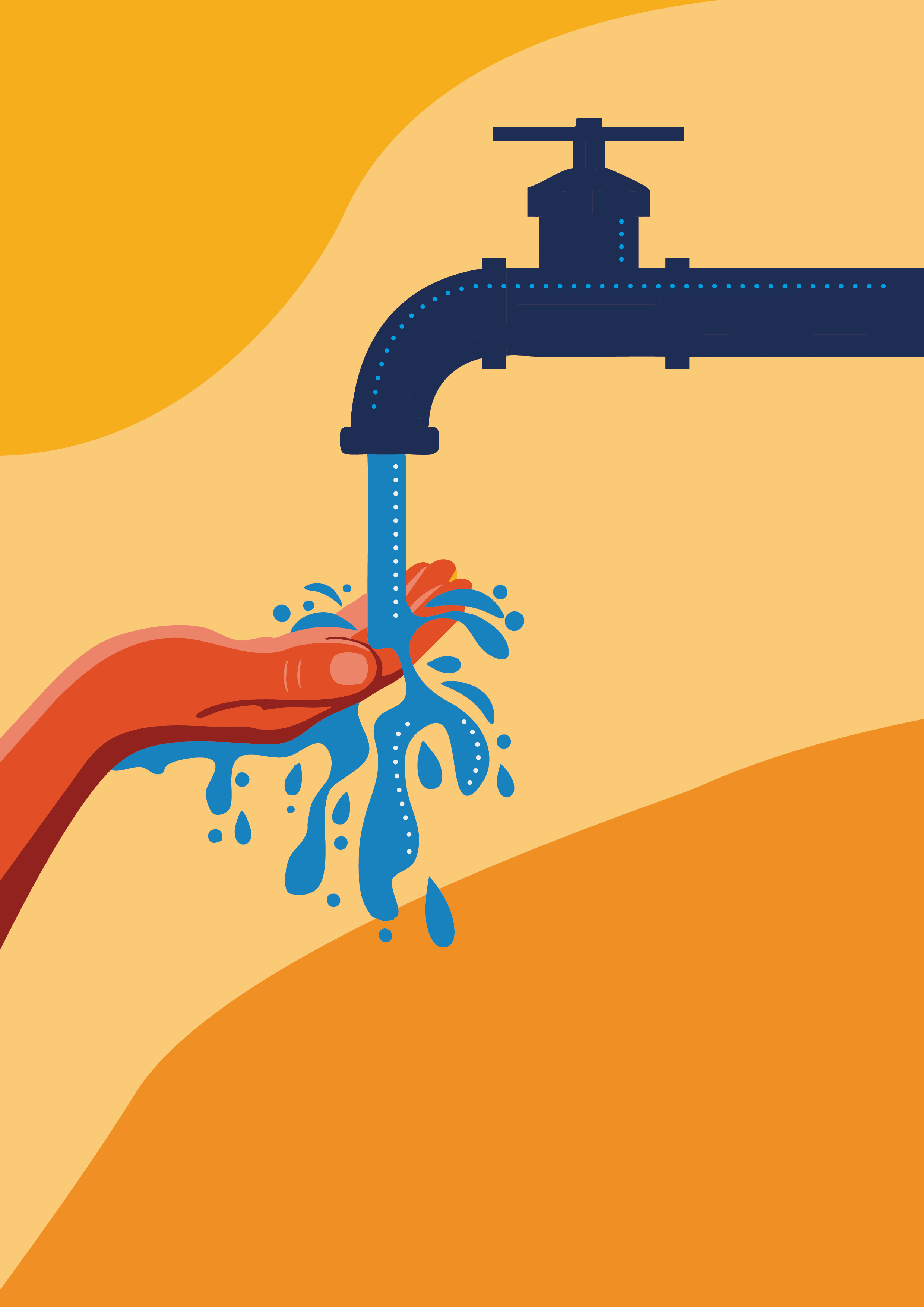Reflections on GRRAM by Amy Hilleboe, CRS Senior Technical Advisor for DRR

CRS implements DRR programs as standalone projects as well as to incorporate this important program area into emergency response and recovery and development projects. CRS has been formally engaged in disaster risk reduction since 1997 with the OFDA funded Emergency Preparedness and Response Training project in Angola that aimed to strengthen local capacities to prepare for and respond to humanitarian disasters. Over the years, this program has been updated, adapted and replicated in Latin America and Asia as well as in other countries in Africa. CRS has also advanced its community based disaster preparedness programs throughout the world and has developed the "Community Based Disaster Preparedness How to Guide" based on experiences in India. DRR can be found in disaster response projects through building back better: community systems and structures, housing and improved infrastructure and facilities, and in strengthening livelihoods through agriculture recovery e.g, seed vouchers and fairs. CRS has advanced the inclusion of DRR in development programs seeking to protect development gains by ensuring that hazards, vulnerability and resilience/capacities are considered in project design and implementation thereby planning for potential disaster events and searching for ways to mitigate the impacts of disasters.
Watch this 1-minute video on how the GRRAM project is relevant to DRR in the global sense.
Stay updated
Sign up for our newsletter to receive regular updates on resources, news, and insights like this. Don’t miss out on important information that can help you stay informed and engaged.
Related articles
.png)


Explore Elrha
Learn more about our mission, the organisations we support, and the resources we provide to drive research and innovation in humanitarian response.